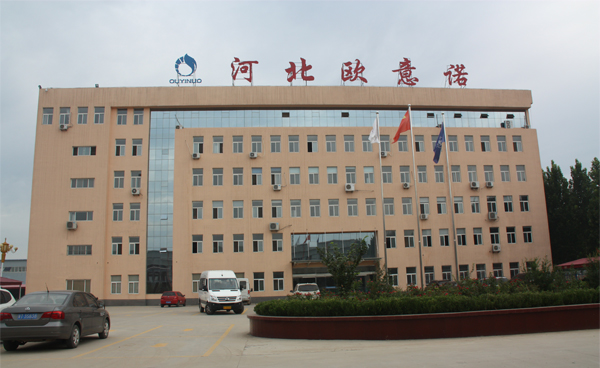
7 月 . 26, 2024 05:27
Back to list
Understanding the Functionality and Applications of Pressure Reducing Valves in Various Systems
Understanding Pressure Reducing Valves Essential Components for Efficient Fluid Management
Pressure reducing valves (PRVs) play a crucial role in fluid management systems, particularly in applications that require precise control of pressure to ensure the safety and efficiency of operations. These valves are designed to reduce the input pressure of a fluid to a lower, predefined output pressure, thereby managing the flow rate and safeguarding equipment from high-pressure damage.
The Importance of Pressure Control
In many industrial and commercial applications, maintaining adequate pressure levels is imperative. Excess pressure can lead to equipment failure, leaks, and accidents, creating unsafe environments and potentially causing significant financial losses. Beyond safety, effective pressure control is essential for optimizing process efficiency. For instance, in water distribution systems, PRVs help maintain consistent water pressure, preventing wastage and ensuring that consumers receive reliable service.
How Pressure Reducing Valves Work
A pressure reducing valve operates by utilizing a spring-loaded mechanism that adjusts according to the upstream pressure. When the fluid enters the valve, it passes through an orifice which regulates its flow. The adjustable spring pushes against a diaphragm that senses the downstream pressure. If the downstream pressure exceeds the set value, the diaphragm moves, compressing the spring and closing the valve partially or completely to reduce the flow. Conversely, when the downstream pressure drops, the spring decompresses, allowing more fluid to flow through, thus maintaining stable pressure.
Most PRVs are equipped with an adjustment screw that allows operators to set the desired output pressure according to the system's requirements. This adjustability makes PRVs versatile components suitable for various applications, from residential plumbing systems to large industrial plants.
Types of Pressure Reducing Valves
There are several types of pressure reducing valves, each designed for specific applications and requirements. Some common types include
pressure reducing valve

1. Direct-acting PRVs These are the most commonly used PRVs and operate directly based on the downstream pressure. They are usually compact and suitable for low to moderate flow rates.
2. Pilot-operated PRVs These valves are ideal for high flow applications. They use a smaller pilot valve to control a larger main valve, providing greater accuracy and response to pressure changes.
3. Adjustable PRVs These valves allow users to manually adjust the output pressure. This adjustability can help tailor the pressure settings to fluctuating demands in a system.
4. Non-return PRVs These valves not only reduce pressure but also prevent backflow, making them essential in applications like compressed air systems.
Applications of Pressure Reducing Valves
Pressure reducing valves are used in a wide range of industries, including water supply systems, heating and cooling loops, oil and gas pipelines, and HVAC systems. In residential settings, they may be found protecting plumbing systems from high municipal water pressure. In industrial facilities, PRVs are critical in processes that involve steam, chemicals, and gas, ensuring that operations run smoothly and efficiently.
Conclusion
In summary, pressure reducing valves are indispensable in today's fluid management systems. By ensuring the right pressure levels, they help maintain operational safety, improve efficiency, and extend the lifespan of equipment. Understanding the function, types, and applications of PRVs can aid in selecting the appropriate valve for specific needs, ultimately contributing to smoother and safer operations in various industries. As technology advances, the design and functionality of pressure reducing valves will continue to evolve, further enhancing their importance in fluid management systems worldwide.
Latest news
-
Unlocking The Quality Gas Pressure ReducersNewsNov.01,2024
-
The Role of Gas Pressure Reducing StationsNewsNov.01,2024
-
The Importance and Functionality of Safety Relief ValvesNewsNov.01,2024
-
The Essential Role of Safety Valves in Natural Gas ApplicationsNewsNov.01,2024
-
The Essential Role of Gas Pressure RegulatorsNewsNov.01,2024
-
Enhance Your Premium Gas FiltersNewsNov.01,2024

